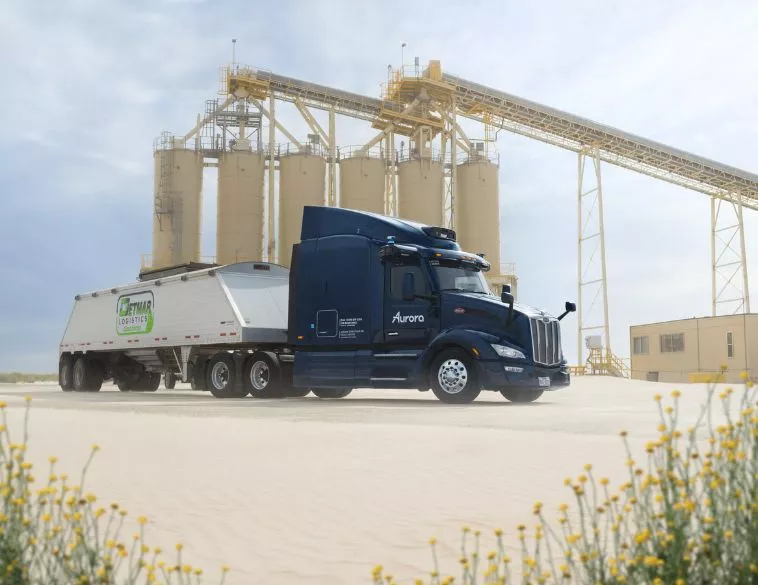Beyond Subsidies: How Electric Fleet Managers Can Maximize Their Return on Investment

In Canada, financial assistance and subsidy programs play a significant role in advancing the electric transition. However, commercial fleet managers can implement additional strategies to cut costs or generate new revenue streams. Here are a few options worth exploring!
Fuel and maintenance savings
According to Roulons électrique, electric vehicles can lower annual operating costs by over 75% compared to gas-powered vehicles. While they come with higher upfront costs, their energy and maintenance expenses are considerably lower.
Efficient charging management is key to minimizing fuel costs. Unlike the often volatile prices of gasoline and diesel, the cost of electricity per kilometre is more stable and economical. Additionally, regenerative braking helps recharge the battery while driving. The Government of Canada estimates that a battery electric vehicle costs around 3 to 4 cents per kilometre, compared to 11 to 12 cents for a conventional 4-cylinder gasoline vehicle.
Electric vehicles also require significantly less maintenance since they lack internal combustion engines and transmissions. Say goodbye to oil and coolant changes!
Availability of public charging stations
In Quebec, companies can own a charging infrastructure connected to the Circuit électrique network of public charging stations. Making these stations available to all electric vehicle owners when not in use allows them to generate additional revenue.
To qualify, the charging infrastructure must meet the requirements of public access and be equipped with a separate electrical entrance to keep the energy consumption of the charging station distinct from that of the building. Additional requirements also apply to those looking to become partners in the program.
Similar programs are also offered across the country, including in British Columbia.

Programs to monetize energy savings
Energy management and greenhouse gas reduction offer additional revenue opportunities. Electric vehicle fleet managers can monetize their charging activities by creating compliance units equivalent to the emission reduction of one tonne of CO2. Smart charging management platforms, such as Cleo's, collect the necessary data to produce these units, which, according to Énergir, will be valued between $118 and $197 in 2025.1
Polara also launched an exclusive pilot project with Hydro-Québec to manage electricity demand during winter peak periods. Participating commercial fleet operators must reduce or shift their charging activities outside peak demand hours. In return, Hydro-Québec provides credits on electricity bills based on the average reductions achieved throughout the season.
Contact us to learn more about monetizing your carbon compliance units or our exclusive electricity demand management program!
1. Énergir, Measures concerning the purchase and sale of renewable natural gas, R-4008-2017, 2022.





